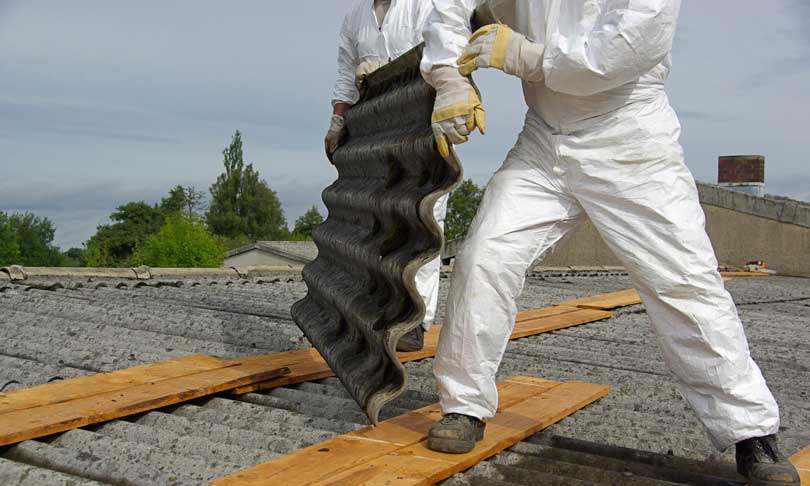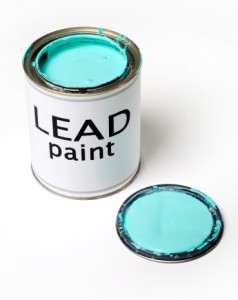 Sellers are required to inform buyers of the known presence of any lead-based paint on the property, but you should still conduct your own lead paint inspection
Sellers are required to inform buyers of the known presence of any lead-based paint on the property, but you should still conduct your own lead paint inspection
Naturally, before buying a new home you want to be sure it will be safe for your family to inhabit. You need to be especially careful when buying older homes, as these properties may contain materials that we now know to be extremely dangerous, such as lead paint. Here are the most important steps to take in order to determine whether or not the home you’re buying contains lead.
Consider the Age of the Home
Lead paint was banned for consumer use in 1978, but millions of older homes still contain layers of lead paint, often sealed beneath layers and layers of new paint. Remember, just because the lead paint is covered doesn’t mean it is no longer dangerous! When the top coats of paint become damaged, the lead paint gets exposed and can then deteriorate into chips, flakes, or dust, which may then cause lead poisoning.
24 percent of homes built between 1960 and 1977, 69 percent of homes built between 1940 and 1959, and 87 percent of homes built before 1940 contain lead-based paint. If the home you want to buy falls into any of these categories, proceed with caution and gather all possible information about lead hazards on the property.
Review the Seller’s Documentation
According to federal law, sellers of properties built before 1978 must provide buyers with certain lead disclosure and safety materials. These materials will include an EPA pamphlet on protecting your family from lead-based paint hazards, as well as any known information about lead on the specific property in question. For example, if the seller has already had a lead inspection that found evidence of contamination, they must share the results of that inspection with you.
Conduct Lead Inspections
Sellers are also required to allow buyers a 10-day period in which to conduct a lead paint inspection and/or lead risk assessment. It is a very good idea to invite a certified lead inspection professional to the property to conduct both of these tests before signing a contract.
A lead paint inspection will provide you with a list of every different painted surface in the home along with the lead content of that paint. This inspection will serve as the basis of your lead paint abatement or containment strategy and enable you to maintain the home safely should you decide to purchase it.
A lead risk assessment is valuable because lead-based paint is not the only potential source of lead poisoning on a property. A lead risk assessment will identify current sources of lead contamination, including damaged lead-based paint, soil contamination, and water contamination on the property.


 Sellers are required to inform buyers of the known presence of any lead-based paint on the property, but you should still conduct your own lead paint inspection
Sellers are required to inform buyers of the known presence of any lead-based paint on the property, but you should still conduct your own lead paint inspection







